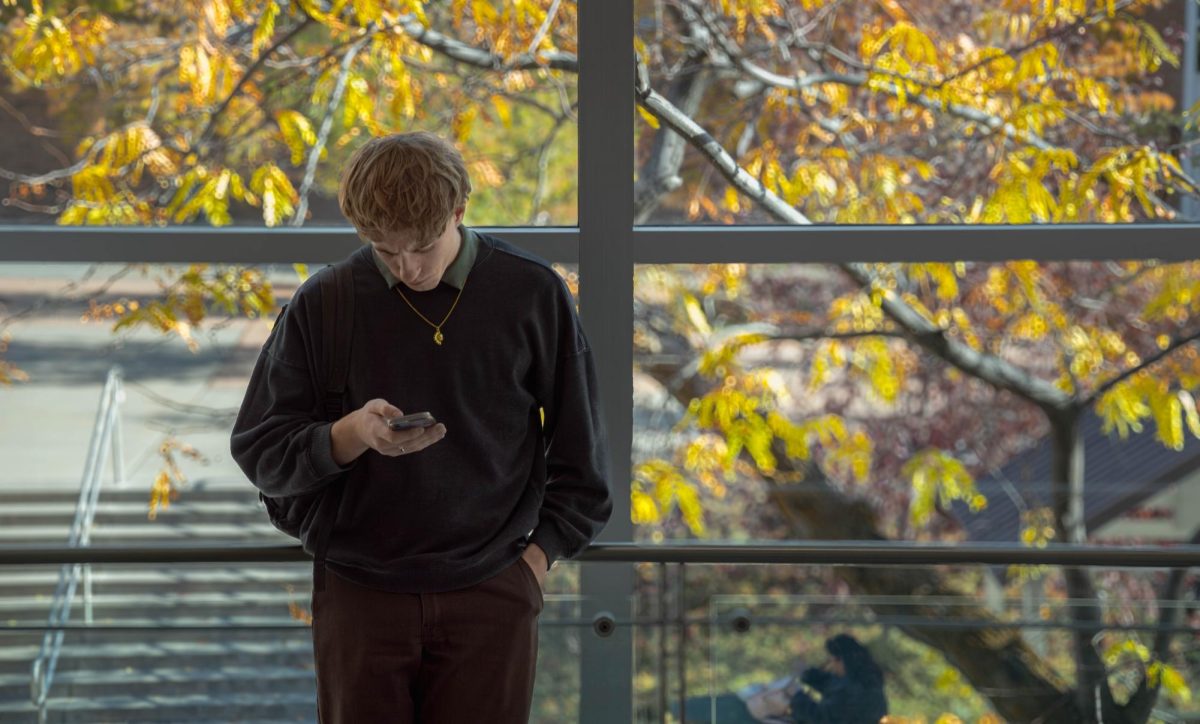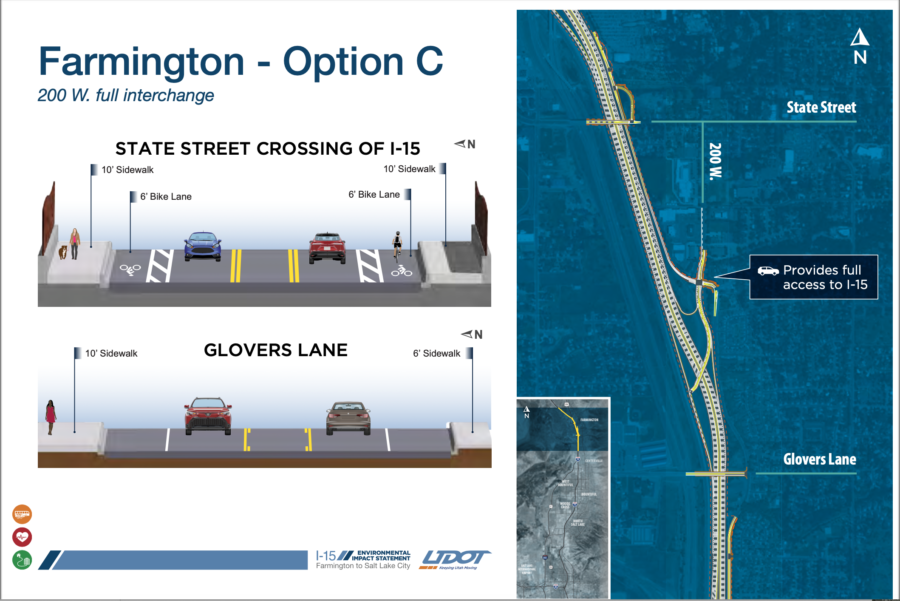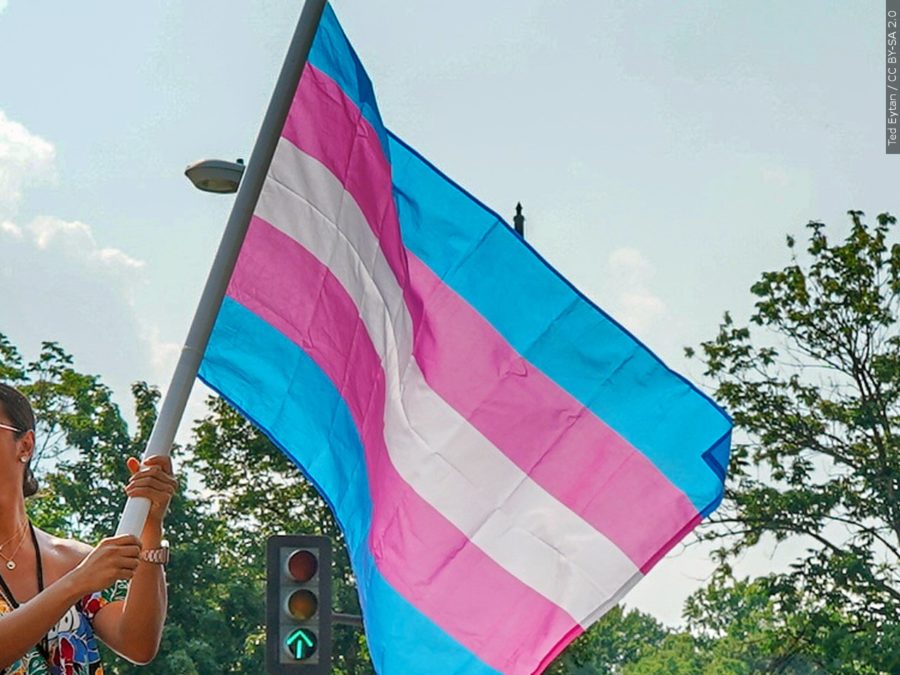Educating during the pandemic has been difficult, to say the least.
From district leaders to teachers to the students themselves, it has not been easy to obtain or deliver an ideal education as COVID-19 surged. Everyone involved with the education process has been faced with difficult decisions that have often resulted in no-win scenarios.

Despite the universal struggles of the pandemic, it’s possible teachers have been the group that has been hit the hardest, given they are the ones being most affected by the decisions of other parties.
“No group of people, other than maybe medical providers, have had to pivot and adjust and change their lives and their professional lives, the way that teachers have,” Davis School District Assistant Superintendent Logan Toone said.
It’s been just over a year since Davis County’s teachers were forced into a completely remote classroom format over the final term of the public school year. This change would be the first of many transitions and adjustments that teachers would be forced to make.
Teaching was already a demanding profession before the pandemic. According to research conducted by Gallup, 46% of teachers experience high stress each day.
In addition to public and personal health concerns that the pandemic brought, teachers were forced to reform and, in some instances, create new curriculum to adapt to changes in the classroom.
Alex Jeppson, a history and English teacher at Viewmont High School, said the pandemic adjustments only amplified the stresses of proper teaching.
“Before the pandemic, you had a lot of teachers retiring early, not going into the profession out of college or leaving the profession after five years or so,” Jeppson said. “As this pandemic has gone along, it’s been rough for me and for my colleagues.”
One of Jeppson’s colleagues is Kay Merrell, who also teaches English at Viewmont High. Unlike Jeppson, who has no underlying health concerns, Merrell is a Type 1 diabetic, and this puts her at a much higher risk if she were to contract the virus.
Merrell said that having diabetes has always made her an uneasy person due to constantly having to monitor her blood sugar levels, but the pandemic has made that consistent concern harder to cope with.
“I have never been so mentally unhealthy,” Merrell said. “In February, I felt like I had taught a whole school year already. It’s been hard, I haven’t been sleeping well, so it’s definitely taken its toll.”
The additional stress of the pandemic has become so overwhelming, many teachers have decided that they’re best suited in a different career, at least for the time being.
Mary Jane Trowbridge, a math teacher at Viewmont High School, contemplated quitting for weeks before she submitted her letter of resignation to her administration just over a month into the school year.
After teaching the final term of the 2019-20 school year completely remotely, Trowbridge and many of Davis School District’s teachers received the impression from district leadership that they should prepare for a return to a full in-person schedule once the 2020-21 school year started.
But just a few weeks before the school year started, with case numbers rising in Davis County, the school district announced a switch to the hybrid schedule model that saw half of the student population alternate in-person attendance every other day.
Despite the majority of support from teachers and parents, the notice of the switch to new school procedures shortly before the school year began forced teachers to scramble on their own time to put together a teaching plan that would allow the hybrid schedule to be successful for educating the students.
Teachers said this lack of time to prepare was far from ideal.
“It was very similar to when we found out we were going remote,” Trowbridge said. “We were scrambling then to figure out how to become remote teachers, and we found ourselves scrambling in the same way to figure out how to become hybrid teachers.”
After about a month of teaching on the hybrid schedule, discouragement began to set in for Trowbridge because she felt she wasn’t doing an effective job educating her students.
“I always was really confident as a teacher,” Trowbridge said. “I could walk into a classroom and feel like I knew what I was doing. But that first term of the school year, I was like, ‘I don’t know what I’m doing,’ and I felt like a failure.”
The struggle to teach within the hybrid schedule made Trowbridge feel as if she was working two teaching jobs, which ultimately forced her to resign from teaching. Trowbridge did say that if she had been given more heads up from the district and time to prepare to teach in the hybrid style, she could’ve done a more adequate job.
“The one month that I was teaching was probably the hardest, worst month of my entire life,” Trowbridge said, who now has a new job that utilizes her math skills, while also doing some tutoring on the side. Trowbridge said she may consider a return to teaching once the pandemic is over.
Most teachers learned to make do with the hybrid plan because they felt it ensured their personal health and the health of their students, especially those in schools who may be higher-risk individuals.
Jeppson said that the hybrid plan “presented some challenges, but they were challenges I think lots of parents, students and teachers were willing to embrace because they prioritized safety while allowing for in-person learning to some extent.”
But just a few weeks into the school year, the Davis School District Board of Education voted to pivot away from the hybrid plan at the end of the term. This came as a shock to teachers like Jeppson and Merrell, who were unaware that a change was even being considered.
“Just as we were kind of getting our feet beneath us and learning how to do well, the district, without really any forewarning and really in a kind of secretive way, made the decision to pivot away from the hybrid plan,” Jeppson said.
Jeppson continued to say that many felt the rug was pulled out from under them because the change was made so quickly.
John Robison, the president of the board of education, said the plan was to pivot away from the hybrid model as soon as the district felt like it had a grasp on the county’s COVID-19 numbers and trends.
“The plan that was submitted and approved by the Board to the State Office of Education was we’re going to start hybrid, and then when we feel like we have a good handle on the case count and what the numbers show us, then we can go full time — either four days or five days — and if it gets much worse, we can always go remote,” Robison said.
The district relayed to the school board that they felt it was safe enough for secondary schools to hold in person classes four days a week at the beginning of November. Toone said that this decision was made with the best interests of the students in mind.
“We were going to make the decision that will benefit the students, based on all the legitimate information that we had. We were always going to benefit students as much as we could,” Toone said.
Some teachers believe that the decision was made because of pressure from parents who were vocally opposed to the hybrid plan.
“A lot of people are concerned about schools being shut down because of too many cases,” parent Brandi McFarland said during the school board meeting in which the board voted to pivot away from the hybrid model. “I’m understanding of that concern, but we cannot keep hindering all of our students and all of our schools because of the possibility that a school here or there, or a sports team here or there, might have possibly come in contact with somebody who has COVID.”

While some expressed their opposition to the hybrid plan at public meetings in a civilized way, some were less civilized in the way they voiced their disapproval to the board.
“I did receive several threats,” Robison said. “The majority of the threats were that I’d never be voted for again, but I did receive several messages that said they’d be happy if I died or if I was dead. Unfortunately, there were some pretty caustic emails, though not many.”
Robison was adamant that these threats did not sway the board’s decision to go with the four-day schedule.
“I can see exactly why they would say that,” Robison said of the upset teachers who thought the board was just catering to the belligerent crowd. “We had a very, very vocal group of parents that were very unreasonable, loud and obnoxious. They got press coverage, so that’s what I assume that the teachers are referring to.”
Teachers like Jeppson and Merrell wish the teachers’ voices had been included in the decision to pivot away from hybrid. Toone and Robison said the decision wasn’t necessarily about any one particular group’s opinion but based on the district’s gathered information on the development of the pandemic within Davis County.
“The district administration was working four days a week with the governor, with the county health department, with the State Health Department and with the state Office of Education,” Robison said. “They had all of the information, they knew what was going on at the governmental level, at the state health level, at the county health level.”
Robison, who was a teacher for 40 years, added that he can empathize with the teachers who felt frustrated because they weren’t more involved in the decision, but he stressed that teachers didn’t have the resources and corresponding information that the district had. District administration believed that the facts they had said that schools could safely be opened four days a week with certain precautions.
“I have sympathy for the people that are like, ‘You should have asked us,’” Toone said. “I question whether people are inclined to have doubts about the process or whether they’re just frustrated with the decision that was made.”
Jeppson and Merrell, along with others, decided to have their voice heard by going to a protest in front of the district’s headquarters. While the protest didn’t result in a change from the district, both Merrell and Jeppson said they just wanted their voices to be heard in some way.
Ultimately, it wasn’t the decision that gave the teachers the most frustration, but the fact they felt that there was little transparency and communication coming from the district to its staff. Jeppson said many times he and his fellow teachers often felt out they were on the outside when decisions were being made.
“I think they could have dealt with it a lot better if they had been more transparent with things like when decisions were going to be made and how they were being made,” Jeppson said of the district’s communication to the teachers.
Both Jeppson and Merrell said that being left out the loop only compounded the mental and emotional stress that teachers have been experiencing.
District leaders recognized that they could’ve been better at communicating and being transparent with the teachers. But ultimately felt that they made the best decisions that they could have throughout the pandemic when it came to the school’s schedule.
“We did not communicate enough,” one of the district’s directors of secondary education, Dan Linford, said. “But we also can’t run a district by survey, and, in a way, we don’t run anything by survey.”
Linford also stressed that the district will always need input from its teachers going forward and hopes teachers don’t feel discouraged to share their input. Toone felt the same way as Linford.
“In retrospect, we need to communicate better up front, and then we need to still do the right thing, which we feel like we’ve done throughout the year,” Toone said. “But as the leaders we have to have the courage to be able to look the people that disagree with us in the eye and say, I hear and understand your concerns, but this is the direction we need to go right now.”
With most of the school year complete under the four-day-a-week model, the district has recorded 5,767 positive cases among over 75,000 students and staff, according to the district’s COVID-19 dashboard. Two elementary schools and 21 secondary schools have had to go into what the district calls a “soft closure,” which means that the school goes remote for two weeks to essentially reset its positive cases back to normal.
Toone says that the district considers the way it has navigated this school year a success.
“We’ve got just over 70,000 kids in our schools right now, they’re safe, they’re healthy and they’re learning. So in my mind, that’s a win,” Toone said.
For teachers like Merrell, who have underlying health concerns, they feel more relieved than victorious. Merrell says she attributes getting through the year healthy to her hypervigilance throughout the year.
“I feel like I dodged a lot of bullets, but I think a lot of that has to do with how careful I’ve been,” Merrell said. “The teachers at our school that have gotten COVID are the ones that don’t wear their masks correctly, for the most part. So I think being careful, being ridiculously careful, has had some benefits.”
Today, virtually every teacher has been vaccinated and there appears to be light at the end of the tunnel for Davis County’s educators. But while she feels a lot of hope, Merrell says that she and her fellow teachers are aware that the battle isn’t completely over yet.
Teachers and district leaders alike recognize that the pandemic seemed to put everyone in lose-lose situations. Both sides admitted that the pandemic is ultimately to blame for the tough situations and decisions that all educators have faced.
“You know, I do have a lot more hope than I had at the beginning of the year,” Merrell said. “But I still have some questions about the variants and how those are going to play out, so I’m not quite ready to let my guard down.”



















